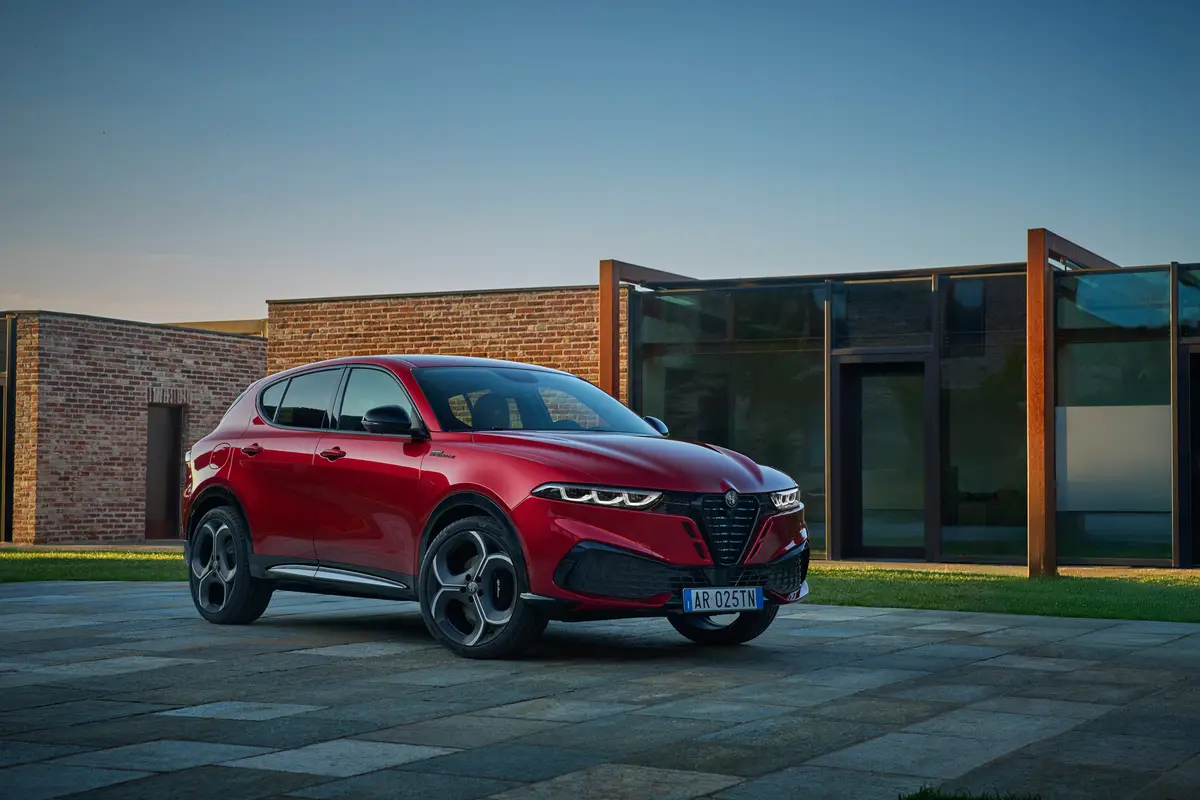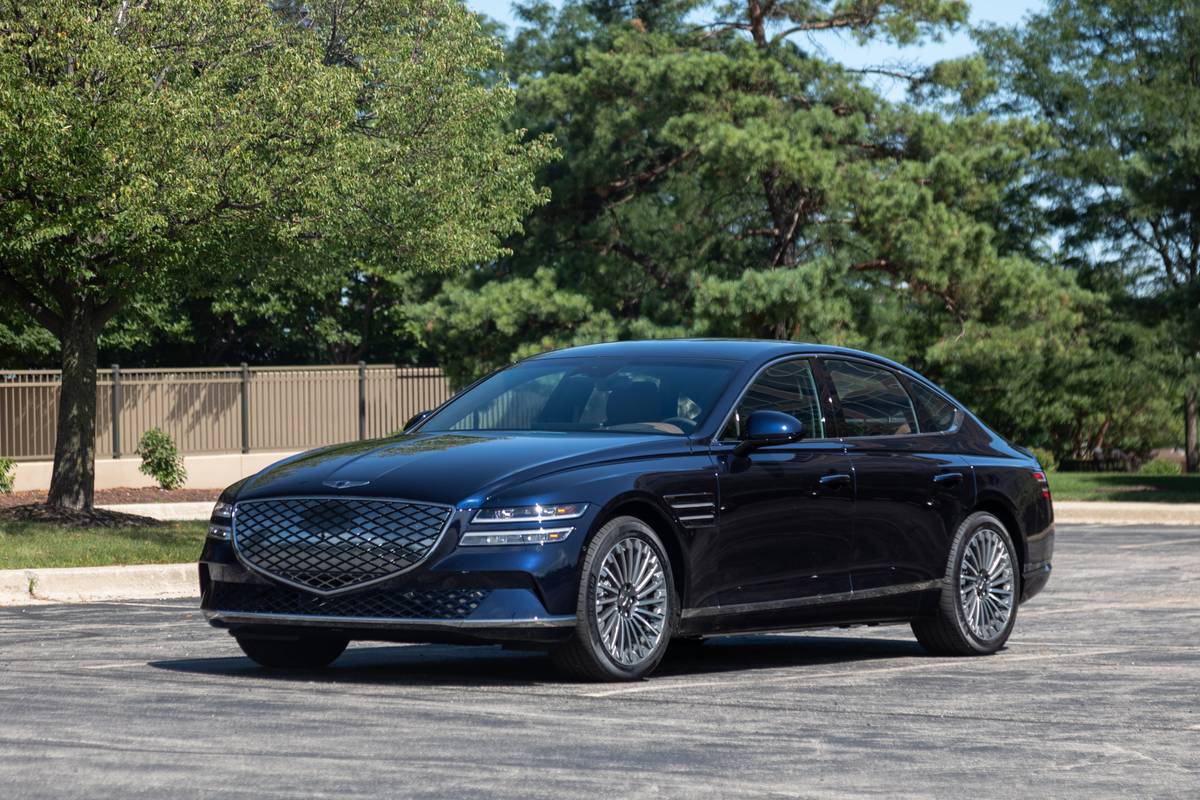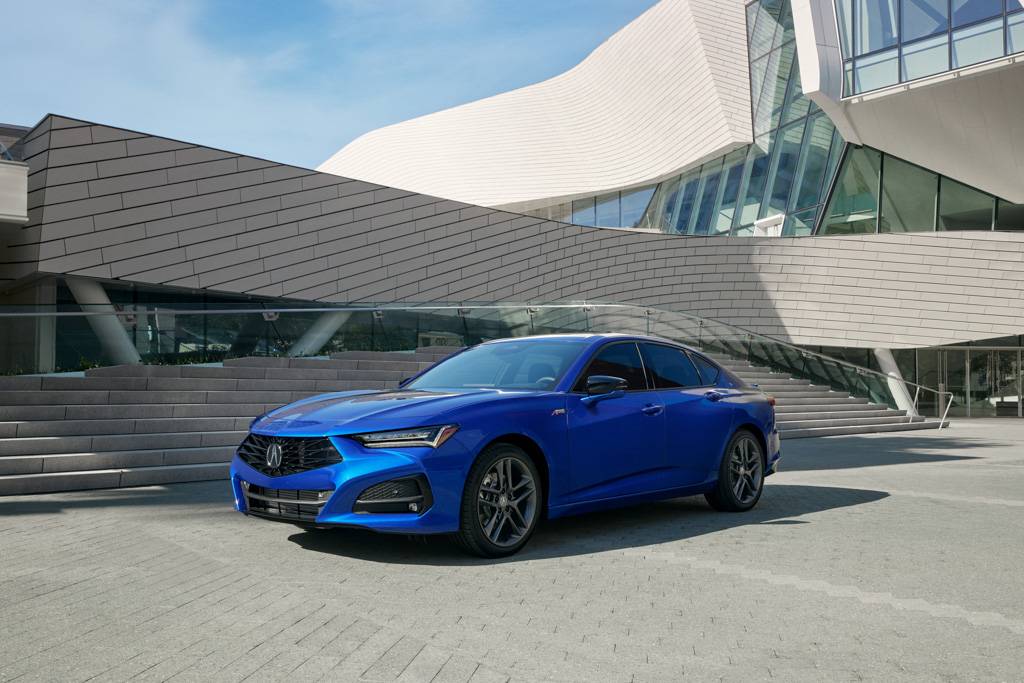chicagotribune.com's view
The fat person is nicknamed Slim, the tall man is named Shorty and the Buick is called Roadmaster.
There’s a word for naming something the opposite of what it is. That word is misnomer, meaning Slim is fat, Shorty is tall and Roadmaster handles as if it needs double blade runners whenever there’s precipitation on the road.
Master of the road?
Hardly. The rear end wanted to go south when the rest of the car was pointed north during acceleration from a light or sharp turns on snowy roads. On dry roads stability was fine, which unfortunately rules out many days of motoring in the Snow Belt.
Roadmaster is a rear-wheel-drive car, an icon from the past, when rear-wheel drive dominated and front-wheel drive was the new kid on the block.We tested the ’94 Roadmaster Limited sedan, which brought back lots of memories-about why front-wheel drive is so welcome.
Four-wheel anti-lock brakes help bring the car under control, but what Roadmaster really needs is traction control and sensors working overtime to keep the wheels from spinning on slippery surfaces.
One reason the rear end has a mind of its own is that the Roadmaster is oneof the few remaining really big cars. It’s built on a 115.9-inch wheelbase andis 215.8 inches long. It tips the scales at 4,300 pounds.
The Roadmaster calls to mind the old law of physics about an object in motion tending to stay in motion until acted upon by an outside force. That rule and amo, amas, amat is all that was committed to memory in four years of high school, but it’s a lesson learned well.
We were surprised that our test vehicle came with a limited-slip differential, which should have prevented rear-end antsiness. Hmm. The car’s reaction to snow without the limited-slip differential?
Roadmaster has tons of room. You could fit amo, amas and amat in the back seat and have room for their luggage and groceries in the trunk. Maybe even their skis or golf clubs, if not both.
It also has pretty good power from its 5.7-liter, 260-horsepower V-8 engine, teamed with a four-speed automatic transmission. By switching from multiport to sequential-port fuel injection, the 5.7 picked up 80 horsepower for 1994. Considering the limousinelike space and the passing and towing powerfrom the V-8, the 17 m.p.g. city/25 highway fuel-economy rating merits a kudo or two.
Dual air bags are standard.
Roadmaster’s base price is $26,399. With a number of options and a $575 freight charge, the sticker topped $28,800.
Buick has thinned its lineup, but in doing so it has improved the remainingmodels. Skylark, Regal, LeSabre and Park Avenue are above-average cars. Century and Roadmaster are the ones showing liver spots.
There’s speculation that in 1997 a new Roadmaster that owes its heritage toone of the Opel line of cars from GM’s European operations will appear. Cadillac will call on GM-Europe for its new entry-level LSE sedan in 1996 (t hough perhaps as a 1997 model), and Roadmaster is rumored to be another candidate for GM’s new hands-across-the-ocean approach, in which its worldwideoperations will design, develop and perhaps even build a model anywhere needed.
Regardless of the country of origin, a more modern version of Roadmaster isneeded, a slimmer, trimmer model with a purpose other than the ability to tow a boat.
With the rear-wheel-drive Roadmaster Limited sedan starting at more than $26,000 and the only slightly smaller front-wheel-drive LeSabre Limited sedan starting at $24,640, we’d pocket the difference and buy the LeSabre.
We vote for LeSabre. Amo, amas and amat do, too.
Latest news



